Price:₹17,500.00
Miyar Valley Trek – An Unexplored Valley Gem Among the Best Treks in Himachal
For years, the Miyar Valley remained a secret, tucked deep within the rugged landscape of Lahaul and cut off from easy access by snowbound passes. But with the opening of the Atal Tunnel, a new chapter began, and one of the most pristine and peaceful trails in the Himalayas became reachable almost year-round. Today, the Miyar Valley Trek is quickly gaining recognition as one of the Best Treks in Himachal for those seeking solitude, raw beauty, and a taste of traditional Himalayan life.
Located at around 13,202 ft above sea level, Miyar Valley stretches north from the town of Udaipur in the Lahaul-Spiti district. The valley is carved by the Miyar River, which flows from the Miyar Glacier and eventually meets the Chandra Bhaga River. This remote valley is surrounded by the high mountain ridges, where a small Buddhist farming community and flocks of Himachali Gaddi shepherds live.
The Miyar Valley Trek Duration typically ranges from 7 days and 6 nights, covering 60 km, of Miyar Valley Trek distance, depending on the chosen route and campsite extensions. The Miyar Valley trek takes you through lush meadows, ancient gompas, Miyar river crossings, and high-altitude camp sites like Zardong, Palpu, and Gompa. It remains mostly moderate in difficulty, with long but gradual ascents, making it accessible to fit beginners and rewarding for seasoned trekkers.
The Miyar Valley Trek Best Time is from mid-June to late September, when the snow has melted and the valley bursts into color with wildflowers. During this window, the skies are generally clear, the river crossings are manageable, and the temperatures are pleasant for camping.
For those looking to step off the beaten path, the Miyar Valley Trek Offers more than just a journey. It’s a rare opportunity to walk through a living, breathing Himalayan landscape that remains as untouched as it is unforgettable.
Why Miyar Valley Trek is One of the Best Treks in Himachal Pradesh
The Miyar Valley Trek stands apart from other Himalayan trails for its raw beauty, remoteness, and the immersive sense of silence it offers. While other treks in Himachal bustle with groups and established camps, Miyar remains largely untouched for those seeking solitude and expansive alpine scenery.
But what truly makes this trek special is the diversity and grandeur of the scenery along the way. Here are some of the most scenic highlights that define the Miyar Valley Trek experience:
Tharang Meadow – The Gateway to the Valley
One of the first truly breathtaking spots on the trail, Tharang Meadow appears like a natural amphitheater carved out by glaciers. Rolling grasslands stretch out beneath open skies, with horses and yaks grazing freely. The surrounding peaks rise like walls, enclosing this quiet, pristine space. It’s the first glimpse of Miyar’s scale and solitude.
Yolling Campsite – Sunset Over the Massifs
Surrounded by towering cliffs, the Yolling campsite is set in a wide, flower-speckled meadow. It’s best known for its spectacular sunsets, where the peaks catch fire in shades of orange, pink, and gold. The crisp air and clear skies also make it a perfect location for stargazing at night.
Zardong Meadows – Alpine Vastness and River Crossings
As the valley flares open, Zardong greets trekkers with vast grasslands, quiet river crossings, and long stretches of untouched alpine scenery. With snow-dusted peaks framing the horizon and the trail passing over swaying wooden bridges, this section captures the soul of high-altitude trekking — vast, open, and humbling.
Kesar Yon Choo – The Lake of Pure Waters
Perched at over 13,000 ft, Kesar Yon Choo is one of the most magical spots on the trail. The glacial lake reflects the sky with startling clarity, creating a mirror-like illusion that feels dreamlike. The silence here is sacred, broken only by the wind and the distant murmur of meltwater. It’s the spiritual heart of the Miyar Valley trek.
Gompa Campsite – The Edge of the Known World
Approaching the Gompa feels like entering another realm. Even without an active monastery around, this remote setting is surrounded by snowfields, which adds an incredible peaceful vibe. With those wide views of the Zanskar range, it’s the perfect spot to slow down and just soak in the silence of the moment.
These highlights are just a glimpse into why the Miyar Valley Trek is considered one of the Best Treks in Himachal Pradesh. The significance of the Miyar Valley lies in the lasting impression it leaves on those who journey through it.
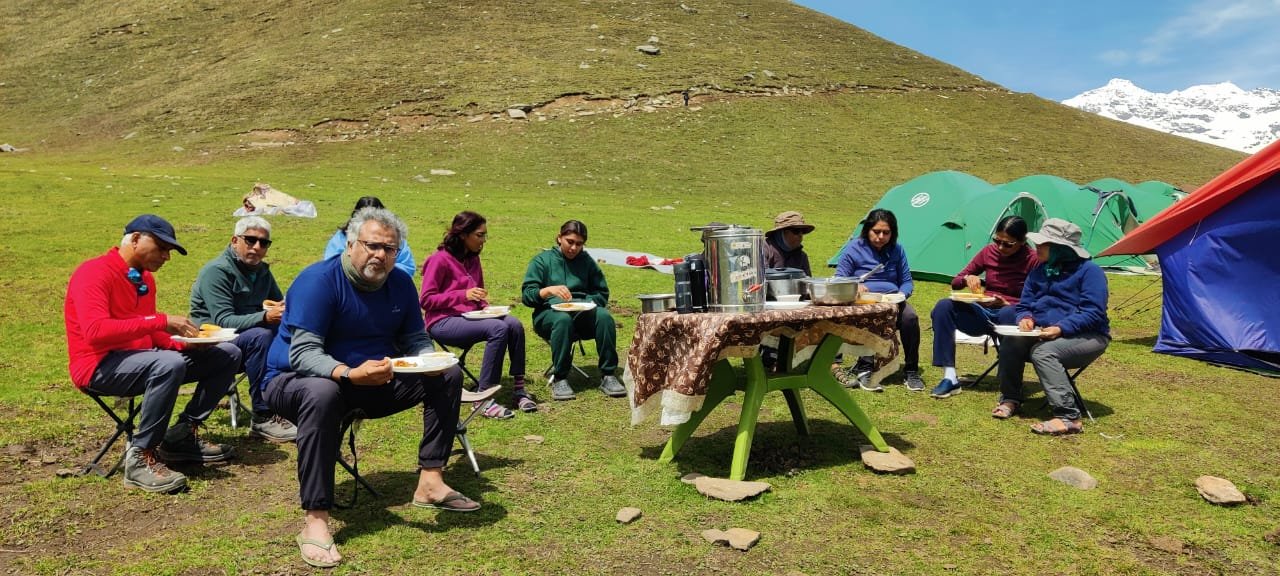
Why Choose Himalayan Hikers for the Miyar Valley Trek
Choosing the right team for your Miyar Valley trek can make the difference between a challenging journey and a truly memorable experience. Himalayan Hikers is a trusted name in high-altitude trekking in India. We are known for our consistent focus on safety, clean logistics, and deep local expertise. These are the essential qualities of a reliable and trusted trekking organization, for a trek as remote and raw as Miyar Valley,
Safety Comes First
Every trek in Himachal is led by experienced & certified professionals trained in high-altitude rescue and wilderness first aid. Daily health monitoring is conducted on all participants, with oxygen support and emergency response plans in place. In a region as isolated as Miyar Valley, the preparedness of Himalayan Hikers provides peace of mind to every trekker onboard.
Hygiene You Can Rely On
Maintaining cleanliness on long treks is non-negotiable. Himalayan Hikers team strictly follows the sustainable trekking practices and ensures clean camp sites, fresh & nutritious food prepared with filtered water, and proper waste management at every site. Also, they have separate bio toilets for males and females to maintain proper civic etiquette.
Whether you’re crossing a river or camping under stars, your comfort and well-being remain the top priority of the Himalayan Hikers team.
A Supportive Trekking Experience
Our team is known for creating a supportive and respectful trekking environment. Where every trekker, regardless of their gender, religion, nationality, trekking experience, etc. feels included, you meet with like-minded people with new and inspiring stories. There’s no pressure to race ahead. The pace is set with care, and the staff are attentive, encouraging, and always ready to help when the trail gets tough.
True Local Expertise
With over 3 decades of trekking experience in the Himalayan belt, the Himalayan Hikers team doesn’t just operate here, we belong here. We have local guides and support staff who know the Miyar Valley intimately, including its terrain, changing weather, and hidden places. These strong bonds with locals only benefit us and trekkers, as it also fuels the local economy and improve their lifestyle.
So, when you are trekking with Himalayan Hikers, you get an authentic trekking experience in Himachal, and you also contribute to the well-being of local communities.
Reliable Trek Management
From the moment you’re picked up in Manali, every aspect of the trek is handled with professionalism. The itinerary is well-paced to allow acclimatization, the high-quality trekking gear and logistics are tightly coordinated. So that you can focus fully on the experience, not the arrangements.
A Trusted Name in High-Altitude Treks
In a place as wild and glamorous as the Miyar Valley trek, you need a team that’s been tested and trusted. Himalayan Hikers combine skill, care, and respect for the mountains in a way that only a few can do. Their reputation across Himachal’s remote trails is well-earned, offering you the best trekking experience in Himachal Pradesh.
Miyar Valley Trek Day-By-Day Short Itinerary
Day 1: Drive from Manali to Khanjer (Overnight Stay Camp)
Drive Distance: 140 km | Drive Duration: 5-6 hours | Pick up point for Himalayan Hikers trekkers: Beas Bridge, Manali
Day 2: Trek from Khanjer to Yolling (Overnight Stay Camp)
Trek Distance: 9 km | Altitude Gain: 11,564 ft to 12,345 ft
Easy-Moderate. Gradual climb through a series of switchbacks till Tharang.
Day 3: Trek from Yolling to Zardong Campsite (Overnight Stay Camp)
Trek Distance: 12 km | Altitude Gain: 12,345 ft to 12,667 ft
Goes through the village route with farmlands on the right. You cross a river bridge and also come across a wide open field.
Day 4: Trek from Zardong to Palpu via Kesar Yon Choo (Overnight Stay Camp)
Trek Distance: 13 km | Altitude Gain: 12,667 ft to 12,782 via 13,202 ft
Start with a descent, followed by a steep section towards Stupa. After that the trail is gradual. Landscapes frequently change colour.
Day 5: Trek from Palpu to Gompa (Overnight Stay Camp)
Trek Distance: 12.5 km | Altitude Gain: 12,782 ft to 12,828 ft
Day 6: Trek from Gompa to Tharang (Overnight Stay Camp)
Trek Distance: 7 km | Altitude Loss: 12,828 ft to 12,270 ft
Day 7 : Trek from Tharang to Khanjer. Drive back to Manali (Overnight Stay Camp)
Trek Distance: 8 km | Trek Duration: 5-6 hours | Altitude Loss: 12,270 ft to 6,730 ft via 11,564 ft
Drive Distance: 140 km | Drive Duration: 5-6 hours | Drop off point: Beas Bridge, Manali
What Is The Difficulty Level of Miyar Valley Trek
The Miyar Valley Trek Difficulty is rated as a moderate trek that makes it suitable for fit beginners as well as experienced trekkers, who are seeking for solitude and stunning Himalayan views. While the terrain itself is not technically difficult, the remote setting, high altitude, and long walking distances require good physical preparation and mental endurance.
Trail Conditions
The trail features gentle to moderate ascents, open alpine lush pastures, river crossings, and rocky patches. Unlike steep climbs found in treks like Hampta Pass or Buran Ghati, the Miyar valley’s trail has a more gradual elevation profile. Most days involve 5–7 hours of trekking with steady altitude gain.
Altitude Consideration
The trek reaches a maximum altitude of around 13,200 ft (Kesar Yon Choo). Campsites like Yolling, Zardong, Palpu, Gompa, and Tharang are all above 12,000 ft. Though this is not an extremely high-altitude trek, proper acclimatization is essential to avoid altitude sickness. Himalayan Hikers ensures a well-paced itinerary with gradual gains and rest periods.
Remoteness and Terrain
One of the key highlights of Miyar Valley trek is its isolation. The trail is far from road access, with no mobile connectivity beyond the base village. This adds a layer of challenge in terms of logistics and self-reliance, but it’s also what makes the trek uniquely peaceful and unspoiled. There are no technical sections (no ropes, no glacier walks), but river crossings and weather changes can add complexity.
Who Can Do Miyar Valley Trek?
- First-time trekkers with good fitness and previous trekking experience can attempt this trek.
- Experienced trekkers will enjoy the vast grasslands, solitude, and cultural immersion.
- It’s not recommended for those with altitude-related medical issues or anyone expecting high comfort in remote areas.
- Individuals above the age of 12 years and lower 62 years can good physical fitness can do this trek.
The Miyar Valley Trek difficulty level is moderate, with manageable gradients but long walking hours and high-altitude exposure. With the right preparation and a supportive team like Himalayan Hikers, it’s an achievable and deeply rewarding journey into one of Himachal’s last true wildernesses.
What is the Best Time to Visit Miyar Valley Trek?
The Miyar Valley Trek opens to trekkers in mid-June, once the snow begins to melt and the valley becomes accessible after the long winter. The season typically extends until late September. Earlier, the only route to Miyar valley was accessible only by Rohtang Pass. Which was almost inaccessible during the monsoon season.
However, the opening of the Atal Tunnel ensured the reliable and best alternate route to explore the charm of the Miyar Valley Trek in Monsoon season. It was a major breakthrough over the older Miyar Valley Trek Route via Rohtang Pass.
The Best Time to Visit The Miyar Valley is from mid-June to late September, with July and August offering the most vibrant scenery and September being ideal for stable weather and photography. Here’s what to expect during different parts of the season:
Mid-June to Early July
This is the freshest and greenest phase of the valley. Snow still lingers on high ridges, rivers run full with glacial melt, and wildflowers begin to bloom across the grasslands. The weather is cool and crisp, ideal for photography and comfortable trekking. Trails are less crowded, making it a great time for those seeking solitude.
Mid-July to August
The Miyar Valley Best Time To Visit is during the peak bloom season. The valley comes alive with alpine wildflowers in full display. This is when Miyar truly earns its title as the “Valley of Flowers of Himachal.” While there can be occasional light rain, the weather is generally stable in Lahaul thanks to its location in a rain-shadow region. Be prepared to enjoy dramatic skies, vibrant landscapes, and rich biodiversity.
September
Late-season trekking in September offers clear skies, dry trails, and golden meadows as autumn starts to settle in. Temperatures begin to drop, especially at night, but visibility is at its best. It’s a great time for those who want crisp views, quieter trails, and a cooler trekking experience.
Can I Trek Miyar Valley in Winter?
No, the Miyar Valley Trek is not accessible during winter. The region receives heavy snowfall from October onwards, and by late autumn, most of the trail, including campsites like Zardong, Palpu, and Gompa, becomes completely snowbound and inaccessible. Temperatures drop well below freezing, and high-altitude passes and river crossings become dangerous or impassable.
Additionally:
- Villages like Khanjer and Shukto are cut off from regular access during peak winter months.
- Rescue and communication infrastructure are limited, making it unsafe for organized trekking.
- Even locals migrate down to lower altitudes during this season.
How to Reach Miyar Valley Trek – Best Route, Pickup Location
Reaching the Miyar Valley Trek involves traveling deep into the remote Lahaul region of Himachal Pradesh. After the opening of the Atal Tunnel, this once-isolated valley is now far more accessible, making the journey to the trailhead smoother, faster, and more reliable throughout the trekking season. Here’s everything you need to know about the best routes and pickup logistics:
Reaching Pickup Location: Manali (Beas Bridge)
The official pickup point for the Miyar Valley trek with Himalayan Hikers is Beas Bridge, Manali, a well-known landmark near the Manali Mall Road area. Trekkers are kindly requested to report at the pickup point by 7:00 AM on Day 1 of the Miyar Valley Trek Itinerary. From here, the Himalayan Hikers team will receive you and provide an important briefing about the Miyar Valley. Then the team will coordinate shared transport to the trek’s starting point.
Best Route to the Khanjer Base Camp Village via Udaipur
After pickup, the drive to the base village Khanjer covers approximately 140 km and takes 5–6 hours, passing through breathtaking Himalayan landscapes. Here’s a breakdown:
- Manali to Atal Tunnel (South Portal) – 23 km
- Through the Atal Tunnel (9 km) – This engineering marvel cuts travel time significantly by connecting Kullu to Lahaul.
- Exit at Sissu, then continue towards Udaipur – The road follows the Chandra and Miyar Rivers, offering views of rugged cliffs and deep valleys.
- Udaipur to Khanjer – The final stretch becomes narrower and more remote as you approach the Miyar Valley Trek Base Camp. Khanjer, located at around 11,564 ft, serves as the trailhead for the Miyar Valley Trek.
How to Reach Miyar Valley Trek From Delhi
To get to the trek’s starting location in Manali, you have a few options:
- By Bus: Overnight Volvo buses operate regularly from Delhi, Chandigarh, and Dehradun to Manali. It’s a scenic and affordable option.
- By Air: The nearest airport is Bhuntar (Kullu-Manali Airport), about 50 km from Manali. From there, taxis and buses are available.
- By Train: The nearest railway station is Joginder Nagar, but it’s not well-connected. Chandigarh is a more practical railhead, followed by a road journey to Manali.
Important Note:
Due to the remote and weather-sensitive nature of the Miyar Valley Trek route, it’s advisable to arrive in Manali a day early, especially if traveling by air or during monsoon months. This also allows for last-minute gear checks and a relaxed start to your trek.
How To Get Fit For The Miyar Valley Trek
The Miyar Valley Trek, while not technically difficult, involves long walking hours, high altitude, and remote terrain. To enjoy the experience and stay safe, it’s important to build a solid baseline of cardiovascular endurance and leg strength. The trek covers altitudes over 12,000 ft, and your body needs to adapt to thinner air and daily movement without fatigue or strain.
To prepare, Himalayan Hikers recommends a 6-week fitness program with a clear goal: Be able to run 5 km in 45 minutes comfortably before your trek starts.
The Consequences of Being Unfit for Your Trek: Why Fitness Matters
Trekking in the Himalayas, especially on high-altitude routes like Miyar Valley, is not only a beautiful experience but also a physical challenge. Coming to the trail unprepared can seriously affect your experience, both physically and mentally. Here’s why building fitness before your trek is essential:
Increased Fatigue
At higher altitudes, the oxygen level in the air decreases, putting added strain on your body. Without adequate stamina, you may find yourself getting tired quickly, even on gentle ascents. This leads to slower progress and reduces your ability to fully enjoy the trail.
Difficulty in Breathing
As altitude increases, your lungs must work harder. If your cardiovascular system isn’t conditioned, you may experience shortness of breath, discomfort, or symptoms of Acute Mountain Sickness (AMS). Fitness improves your body’s ability to adapt to thinner air.
Higher Risk of Injury
Weak muscles, poor balance, or a lack of flexibility increase the risk of slips, twists, or strains. Add a 10–15 kg backpack to the mix, and uneven trails become even more challenging to navigate safely.
Slower Recovery and Reduced Rest Time
Trekking at a slow pace means longer hours on the trail and less time to rest at camp. This not only affects recovery but can lead to a cumulative fatigue that builds over the days, making the trek feel harder than it should.
Loss of Confidence and Mental Stress
Falling behind your group can be discouraging. When others are enjoying the views ahead, you may find yourself battling self-doubt and exhaustion. Instead of feeling inspired, you end up overwhelmed, which often turns a potentially life-changing trek into a disappointing struggle.

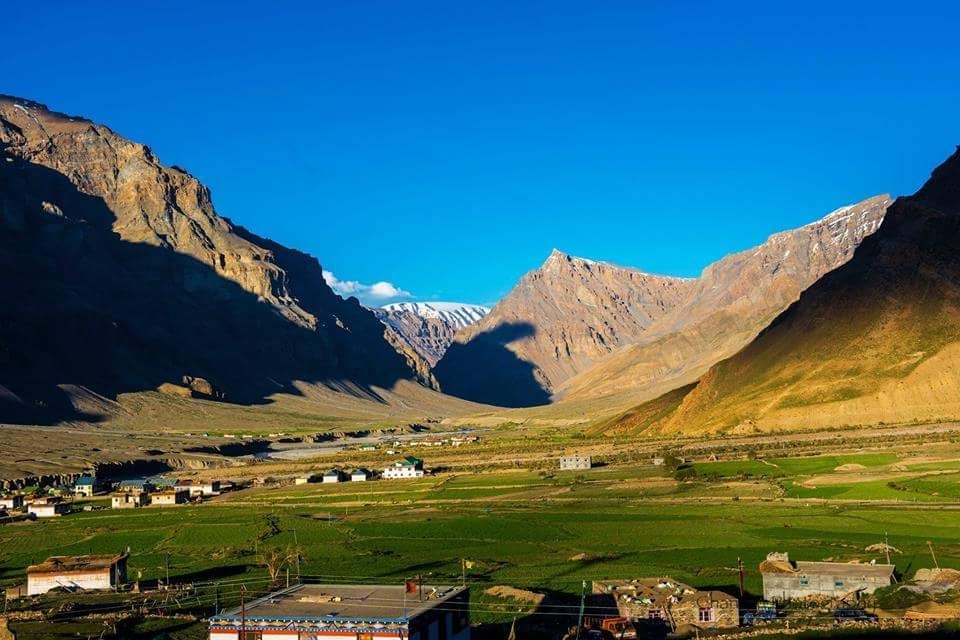
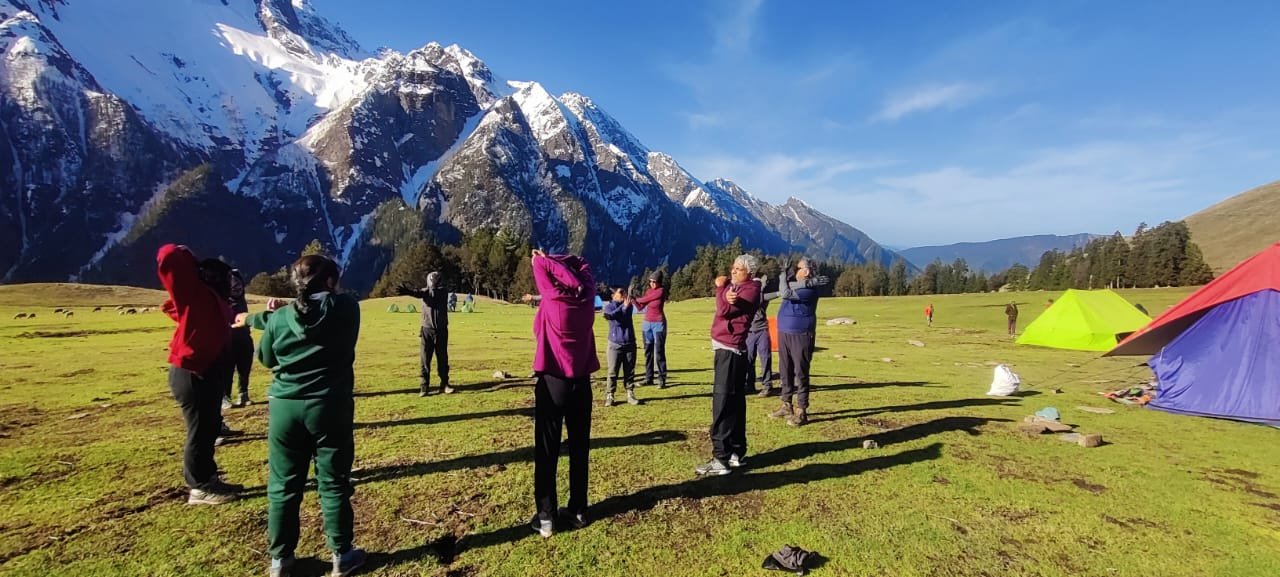
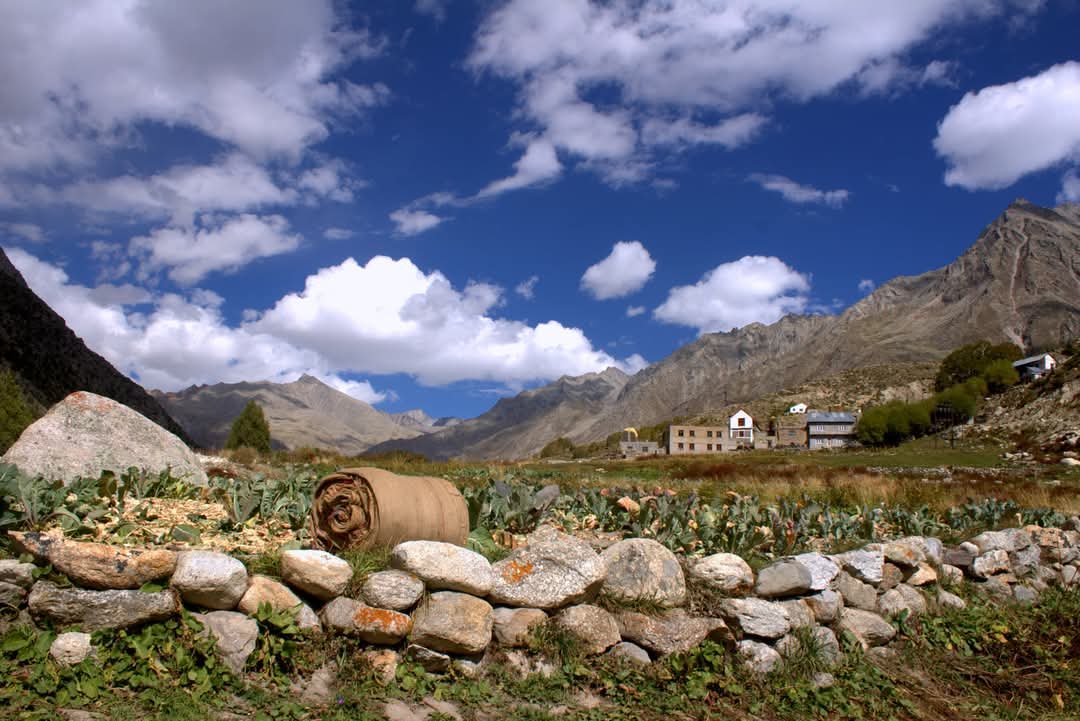

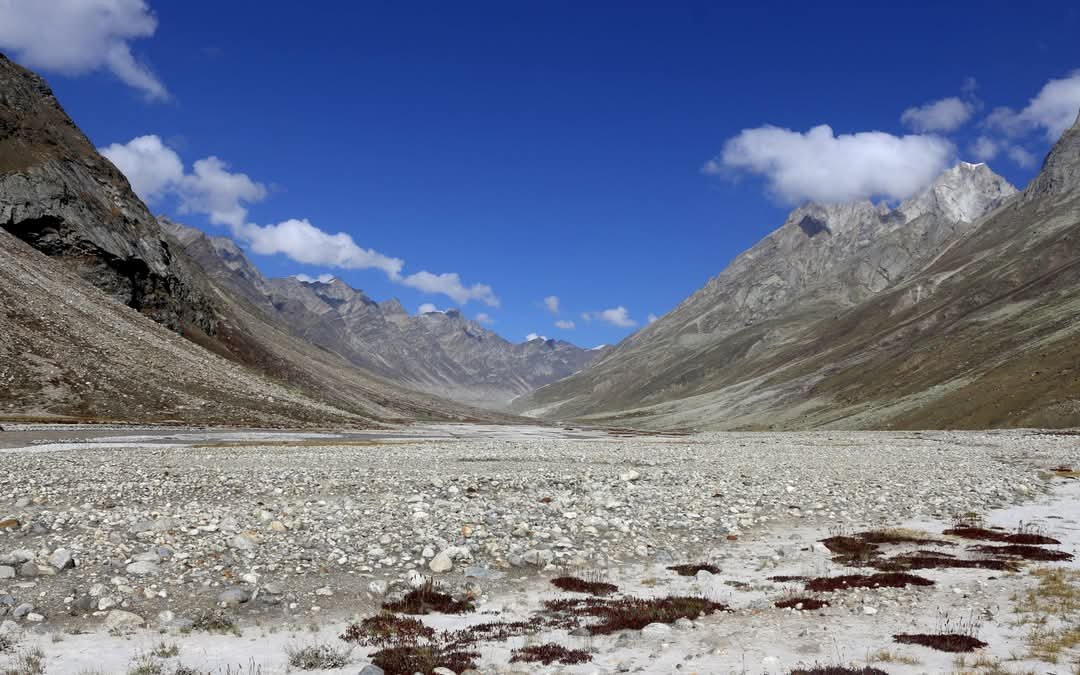
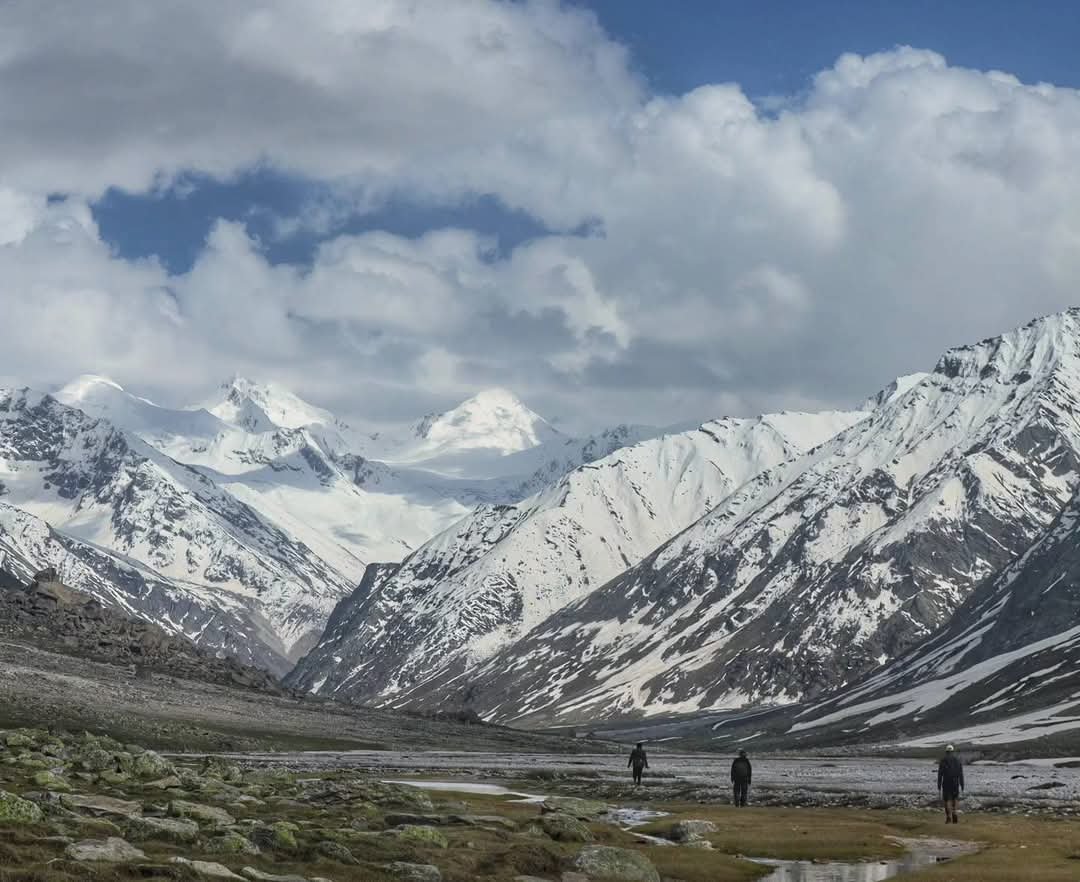
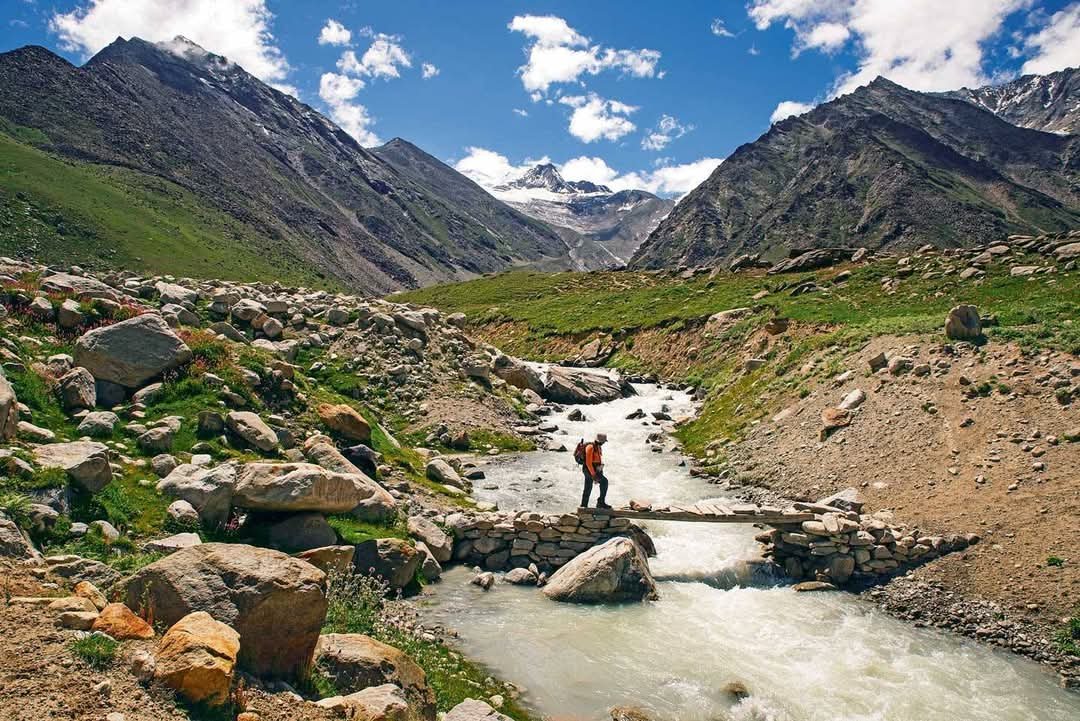
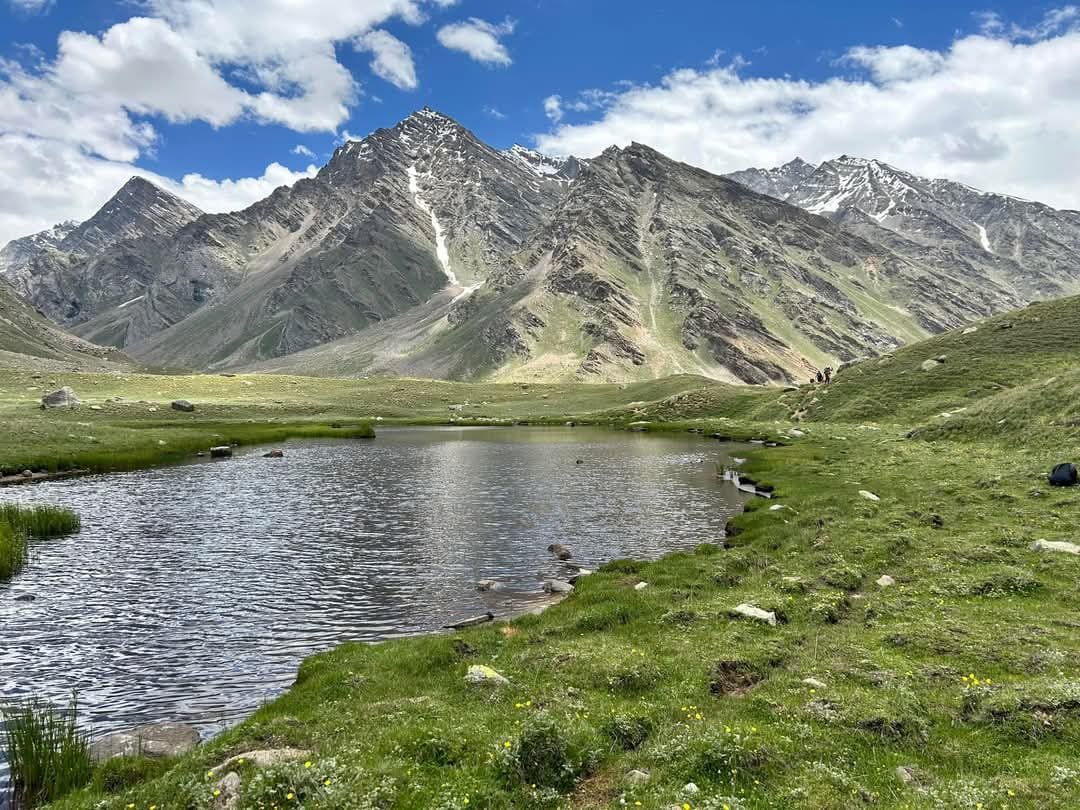
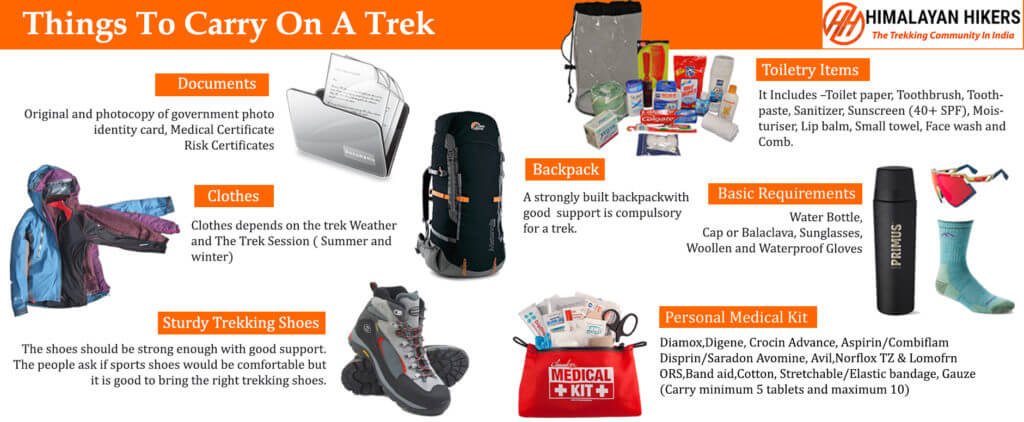
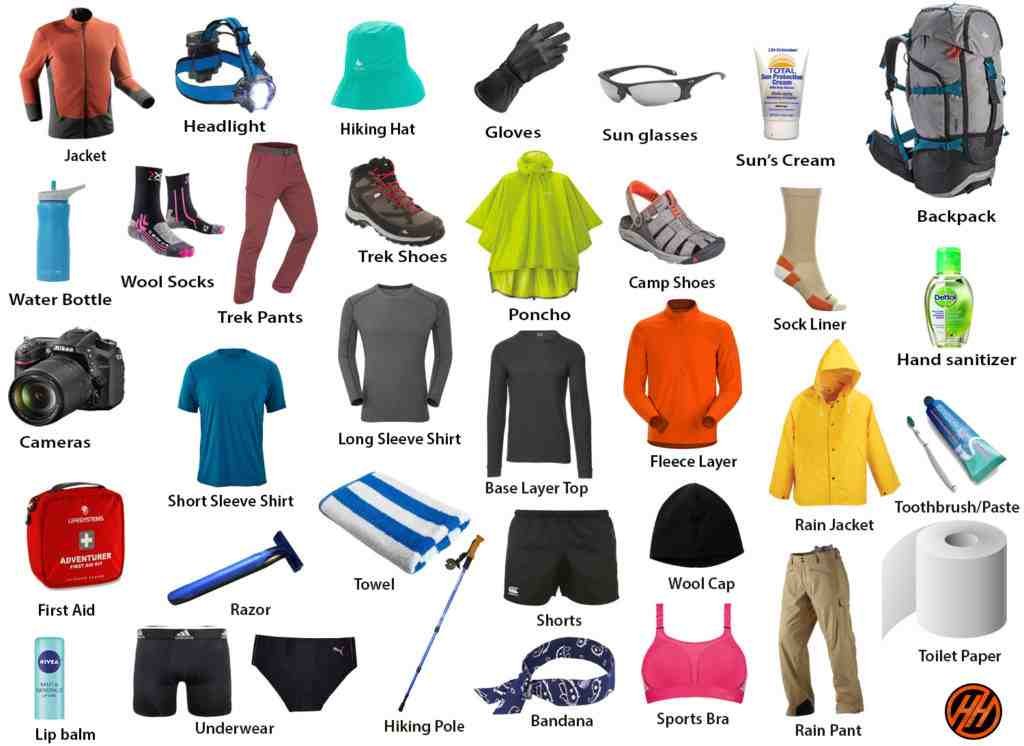
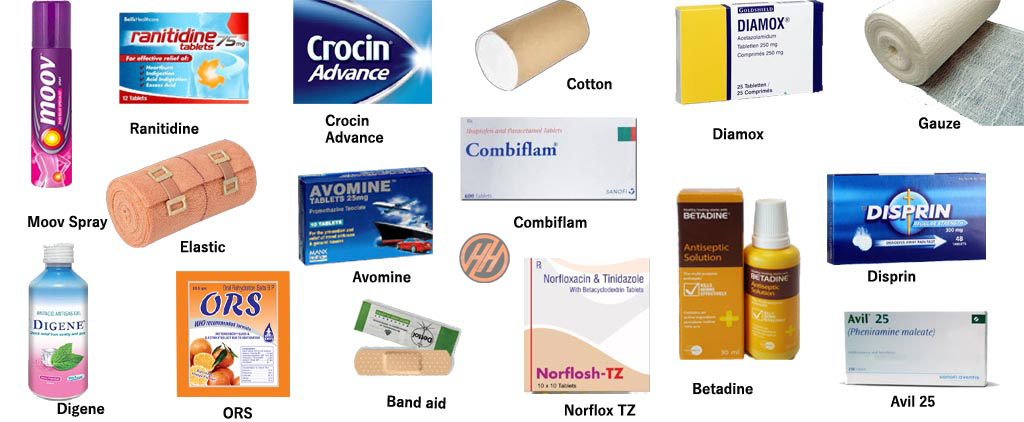
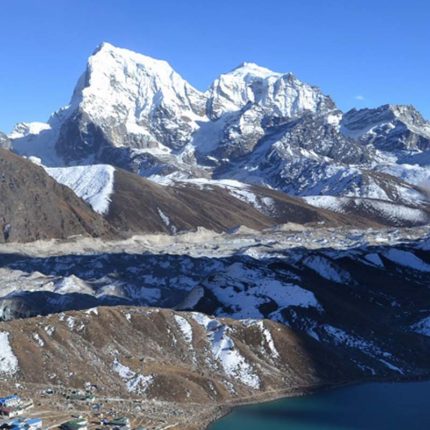
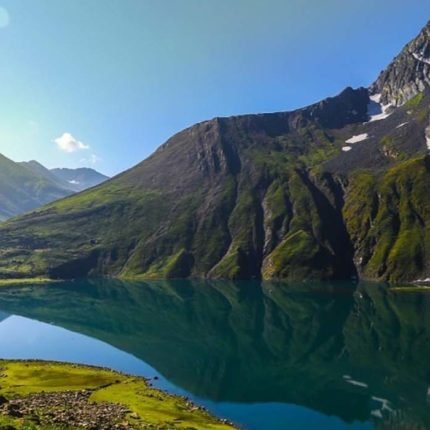
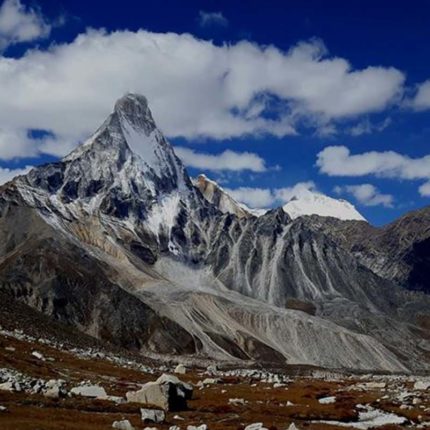
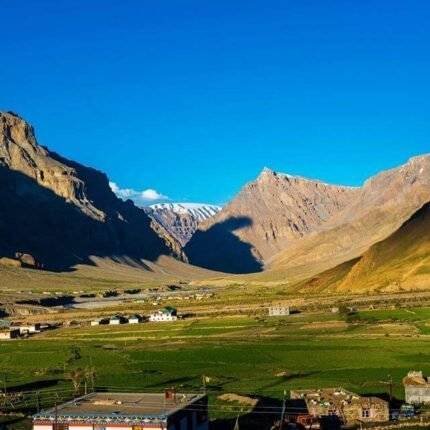
Reviews
There are no reviews yet.